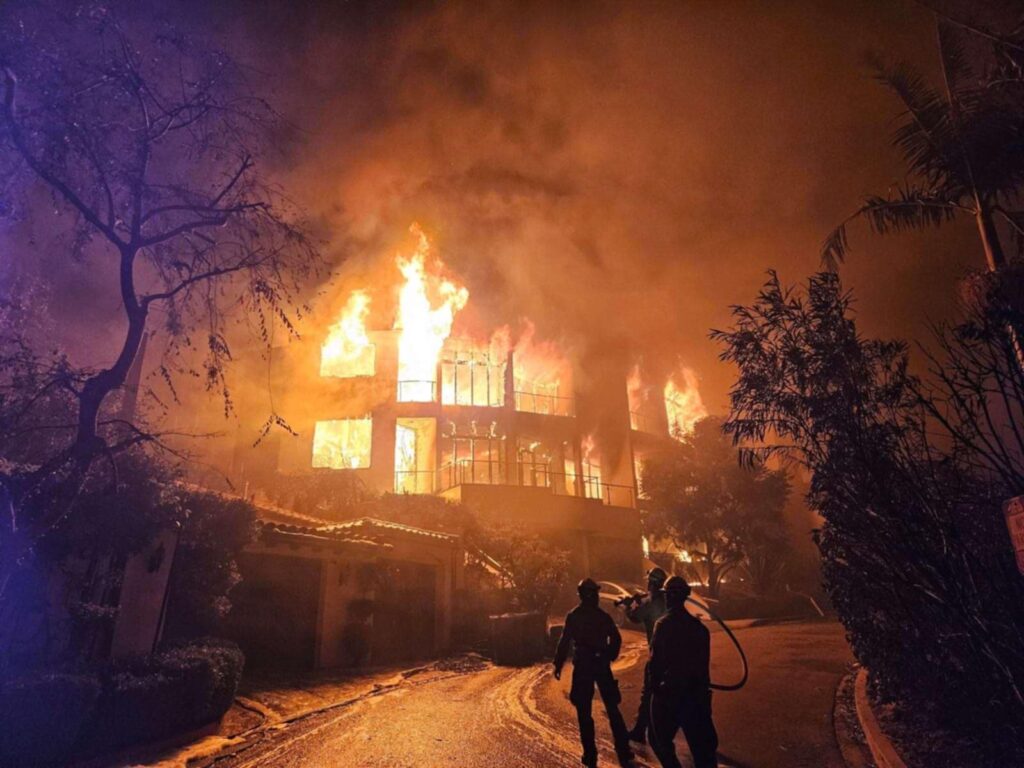
Hydroclimate whiplash is a term that describes rapid swings between intensely wet and dangerously dry weather. Global weather records show that the occurrence of hydroclimate whiplash has increased by 31% or as much as 66% since the mid-20th century.
California’s experience is a prime example of this phenomenon. After years of severe drought, dozens of atmospheric rivers subjected the state to record-breaking amounts of precipitation in the winter of 2022-23. A second extremely wet winter in the southern parts of the state the following year resulted in the growth of abundant amounts of grass and brush. 2024 saw a record-hot summer which was then followed by a record-dry start to the 2025 rainy season. The result was the catastrophic wildfires in the Los Angeles area in January.
Research by UCLA climate scientists explains that the primary driver for the increasing occurrence of hydroclimate whiplash is the expansion of the atmospheric sponge – that is, the growing ability of the atmosphere to evaporate, absorb and release water. Every degree Celsius that the planet warms increases this ability by 7%.
The global consequences of hydroclimate whiplash include not only floods and droughts but also the increased danger of whipsawing between the two, leading to the bloom and burn cycle that California recently faced. The risk of wildfire is twofold: first by increasing the growth of flammable grass and brush in the months before the fire season, and then by drying it out to dangerous levels with extremely warm and dry weather.
**********
Web Links
Floods, droughts, then fires: Hydroclimate whiplash is speeding up globally
Photo, posted January 13, 2025, courtesy of Victor Guillen / USDA Forest Service via Flickr.
Earth Wise is a production of WAMC Northeast Public Radio
Leave a Reply